The magnificent buildings of Lancing College
John Goodall examines the outstanding school buildings of Lancing College, an institution celebrating its 175th anniversary. Photography by Paul Highnam.
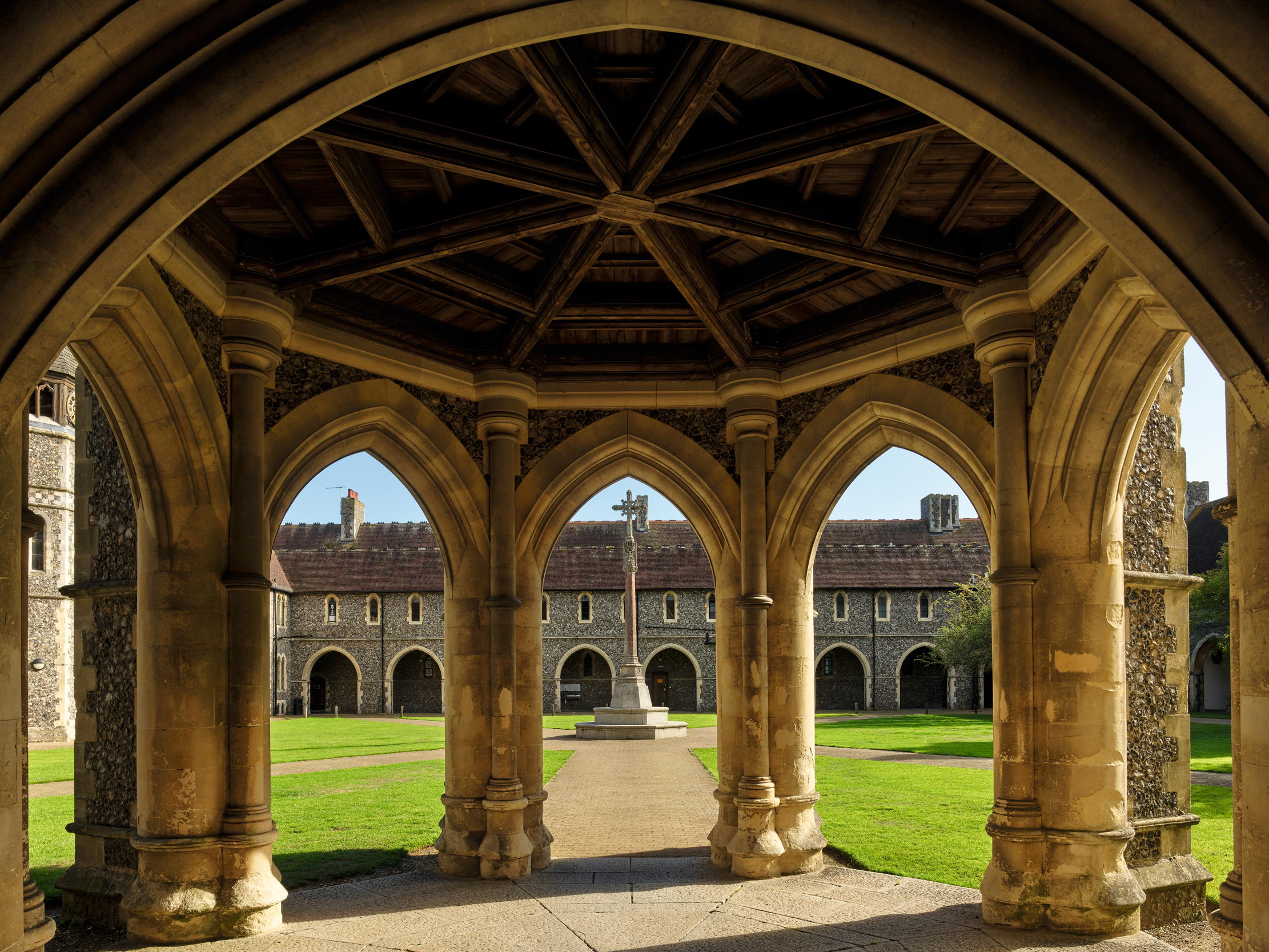

But for Lancing College’s stupendous Gothic chapel, its school buildings would surely be much better known than they are. Despite their scale and interest, they seem to crouch insignificantly beside this vast structure, literally and figuratively overshadowed by it. The founder of the school, the High Church clergyman and educational campaigner Nathaniel Woodard, would undoubtedly have approved, but he might have been disappointed as well. Although he never lived to see the chapel completed, he invested huge energy into realising the school buildings, driving forward their construction as funds came to hand.
As we discovered last week, Woodard’s ambitious aim, first set out in a pamphlet of 1848, was to create affordable schools across England and Wales for the Christian education of three different degrees — upper, middling and lower — of the middle classes. He began this process modestly in 1847, setting up a day school in New Shoreham, West Sussex, where he was curate. This foundation was eventually subsumed by the Shoreham Grammar School and Collegiate Institution (later the college of St Mary and St Nicolas), which opened its doors in the Old Vicarage in the town on August 1, 1848, Europe’s year of revolutions. The boarding school aimed to provide ‘an education for the upper portion of the middle classes — sons of gentlemen of limited means, clergymen, professional men et cetera’ — at the cost of £30 a year for board and education.
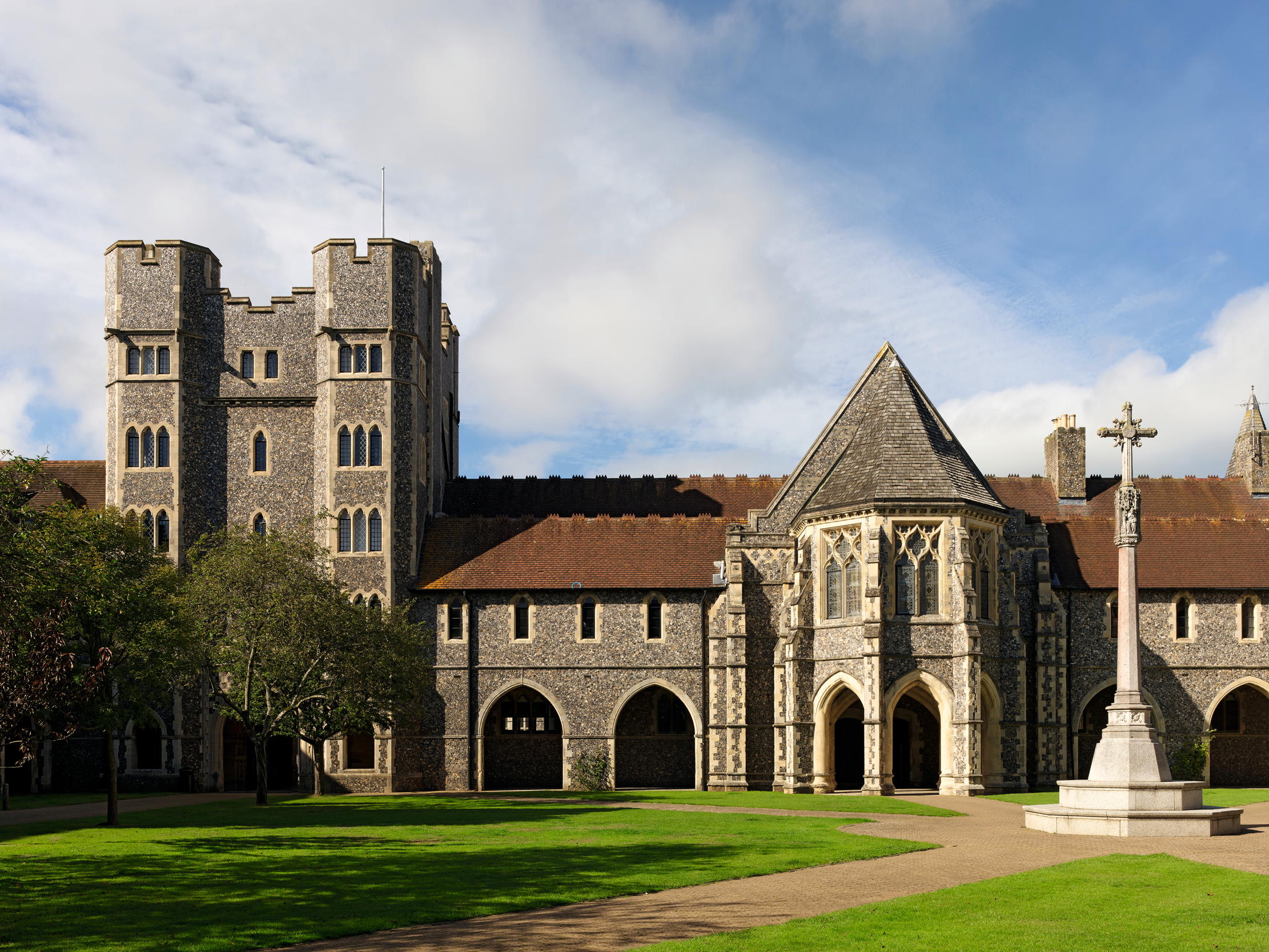
In Woodard’s view, boarding promised to remove boys from ‘the noxious influence of home’. By the regimen of small-scale communal life, he hoped they would be ‘moulded into habits of self-control and moderation’. The school did not, in fact, thrive immediately. Much more successful was a second school for the middling sort — sons of tradesmen, farmers and clerks — costing £18 18 shillings a year. This likewise opened in Shoreham and, by the end of 1850, had more than 100 pupils.
Work immediately began to design purpose-built homes for both institutions by an experienced church architect, Woodard’s friend Richard C. Carpenter. He produced comparable proposals for both institutions, which were laid out in English medieval fashion around quadrangles. In each case, the scale and detailing of the architecture reflected the relative status of the boys. The junior institution was to be built in nearby Hurstpierpoint, where a foundation stone was laid on June 21, 1853, but the senior was initially intended to occupy a level site at Shoreham.
Carpenter’s first plan for this latter college, dated 1852, shows a central quadrangle entered through a gatehouse and enclosed by a hall and lodging ranges. This is approached from the road through an open-sided court defined on one side by a T-shaped chapel in the Oxford collegiate tradition and a library and Provost’s House on the other. Beyond the main quadrangle are a kitchen court, a ‘fives’ court (then emerging as a popular public-school game) and, at a suitable distance to avoid infection, an infirmary. The whole combines the spirit of 14th-century Winchester College, Hampshire — a school Woodard particularly admired — with the flamboyance of French 13th-century Rayonnant design. Notable in this regard are the window gables and roof cresting of the chapel.
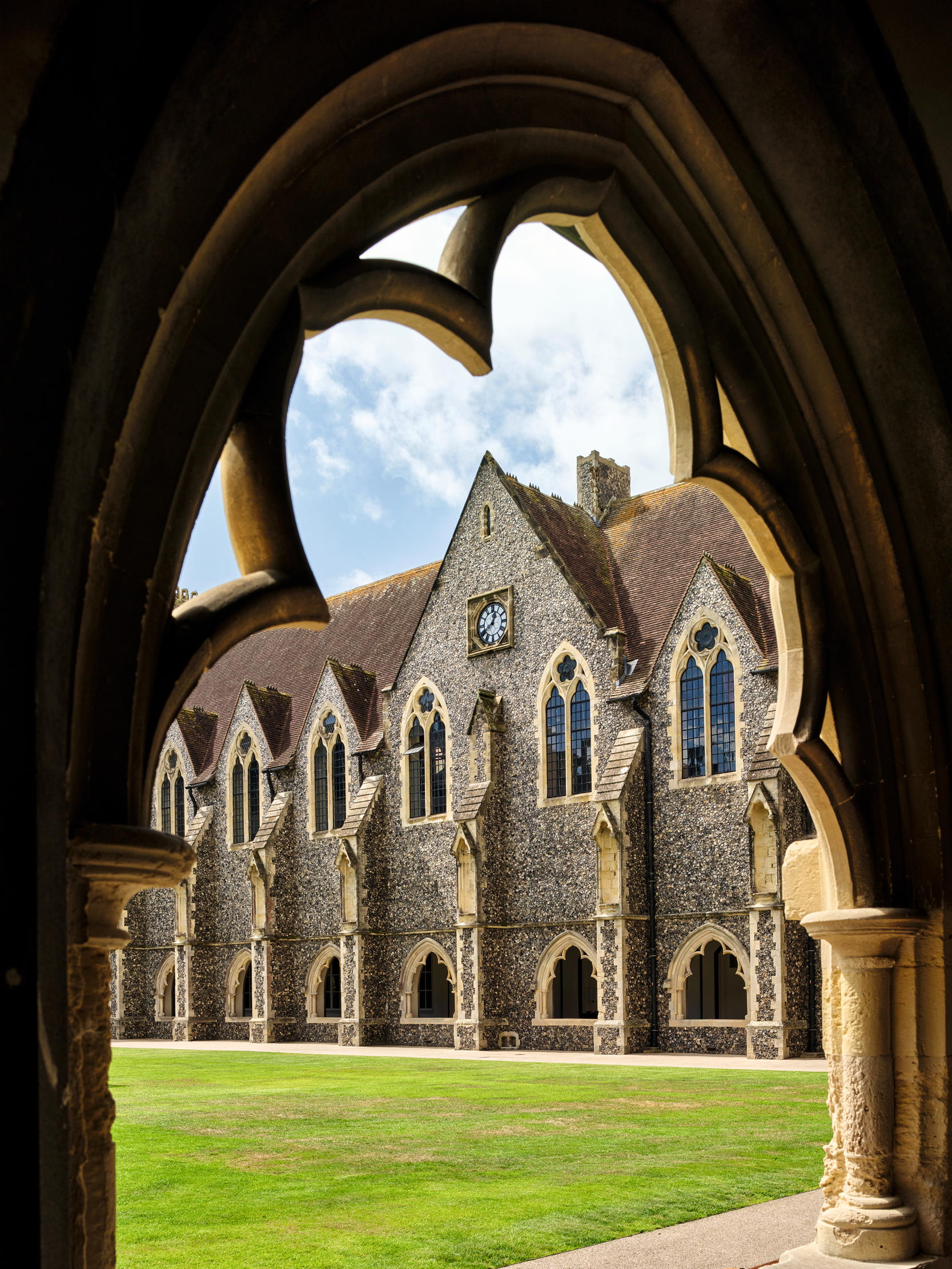
In the same year that Carpenter drew up these proposals, Woodard purchased a farm on the Downs in the parish of Lancing that included the site of the present school. Its topography rendered the 1852 plan unworkable, but so, too, did his growing ambitions. These eventually came to embrace an associated group of clergy and churchmen within a national and regional structure. Lancing was a centrepiece of this plan — never fully realised — and, accordingly, it needed to be much bigger. On special occasions, for example, the hall might need to hold 2,000. Carpenter, therefore, stripped away the subsidiary courts of his original design and reconfigured the plan for this hill-side position. In the process, he beefed up both the main quadrangle and open-sided entrance court, areas now respectively known after the fall of ground as the Upper and Lower Quadrangle.
At the same time, the hall was transferred to the position of the chapel in the 1852 plan and the much grander chapel — as yet undesigned — was awkwardly plugged onto its outward side at right-angles. This arrangement might have been inspired by the confused medieval plan of Eton, Berkshire. Whatever the case, it also allowed the high altar to be orientated correctly to the east. The Provost’s House was placed so as to correspond to the projection of the chapel, forming with it a third, open-sided quadrangle. Confusingly, the existing Provost’s House was not actually built until 1928, when the then Head Master, Cuthbert Harold Blakiston, respected Carpenter’s design, but placed his house much closer to the other buildings than was first intended, closing in this frontage.
Sign up for the Country Life Newsletter
Exquisite houses, the beauty of Nature, and how to get the most from your life, straight to your inbox.
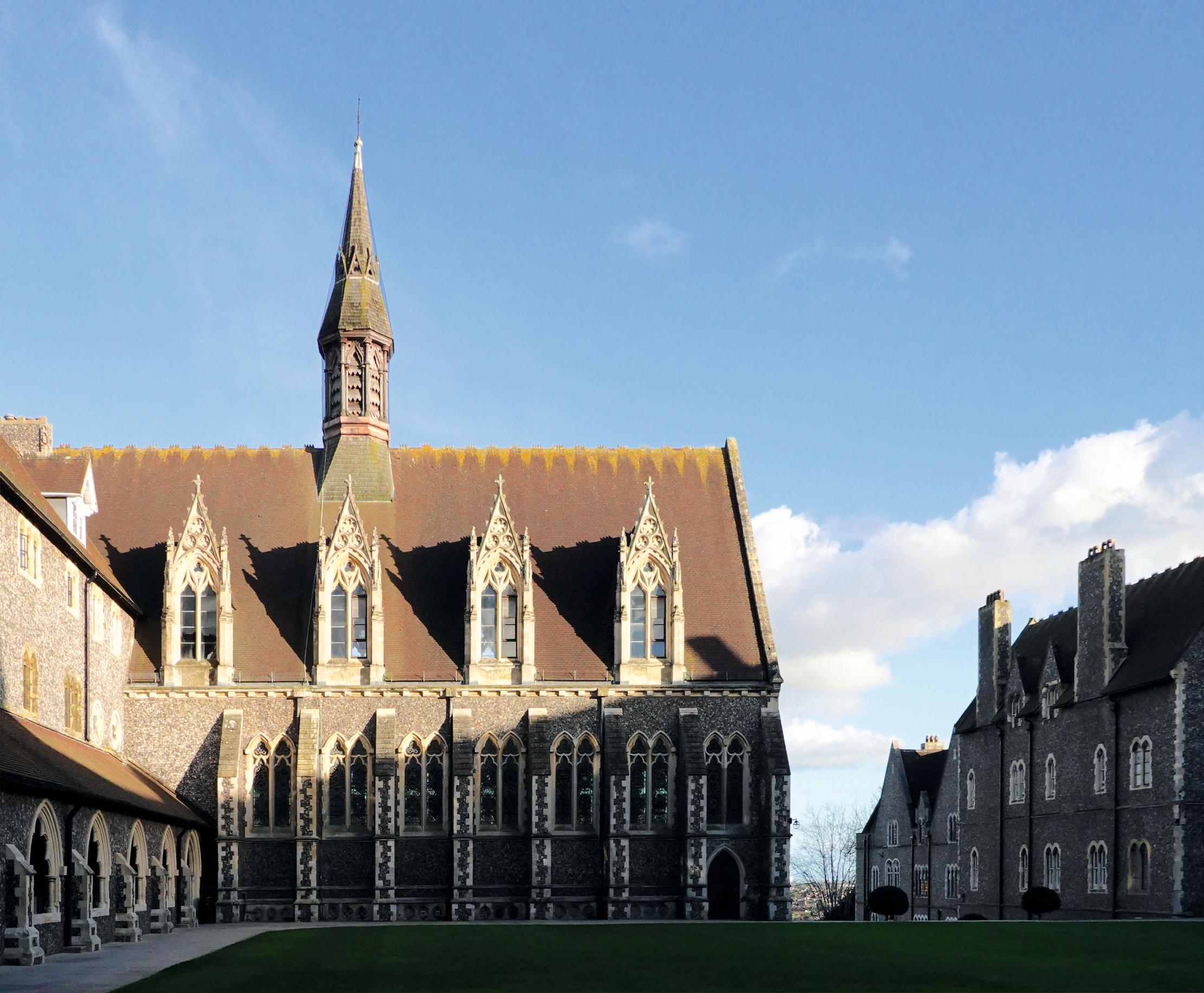
Both Upper and Lower Quadrangles incorporated cloister walks on three sides (Fig 3) and the western range of the Lower Quadrangle was turned into a show frontage. Here, the cloister walk was to be absorbed into the building and the façade ornamented with statue niches. The foundation stone for the new college was laid at Lancing in a quiet ceremony in 1854 and can still be seen in one corner of the Lower Quadrangle. Carpenter died a year later and the ceremony was repeated in grander form; Woodard had a keen awareness of the fundraising opportunities such events offered. Responsibility for the work then passed to Carpenter’s partner, William Slater, and later to his son, as well, Richard Herbert Carpenter.
It should be said that Woodard was attuned to the importance of architecture, although he did not profess a deep understanding of it. He would later write in defence of his ambitious plans for Lancing: ‘Is it too much to say, that no system of education would be perfect, which did not provide for the cultivation of the taste of the pupils through the agency of the highest examples of architecture? We have to provide not only extensive buildings, but such as may be an ornament to the country — calculated to impress the scholars with correct ideas and elevate the public taste.’ For those, like him, of High Church sensibility, Gothic was the only fitting style for a Christian education. The curious thing, given his staunch allegiance to the Church of England, was that he readily accommodated the forms of Continental Gothic.
Slater preserved the bones of the 1854 design, but further ornamented the main approach to the Lower Quadrangle, adding Flemish gables to the hall and the eastern range. Woodard wrote in support of the designs that ‘as a work of art, I am assured by good judges that there will be nothing to surpass it in the kingdom’. This was not an idle boast. The kinds of educational and collegiate projects being published in The Builder at this time, including National Schools or Pugin’s St Augustine’s in Ramsgate, Kent, are a great deal smaller than Lancing. Much closer in scale are the workhouses of the period. Construction progressed as funds came to hand. The college buildings were faced in knapped flint and detailed in Caen stone. The sheer quality of the work, as for example on the gable of the hall (Fig 5), is exceptional.
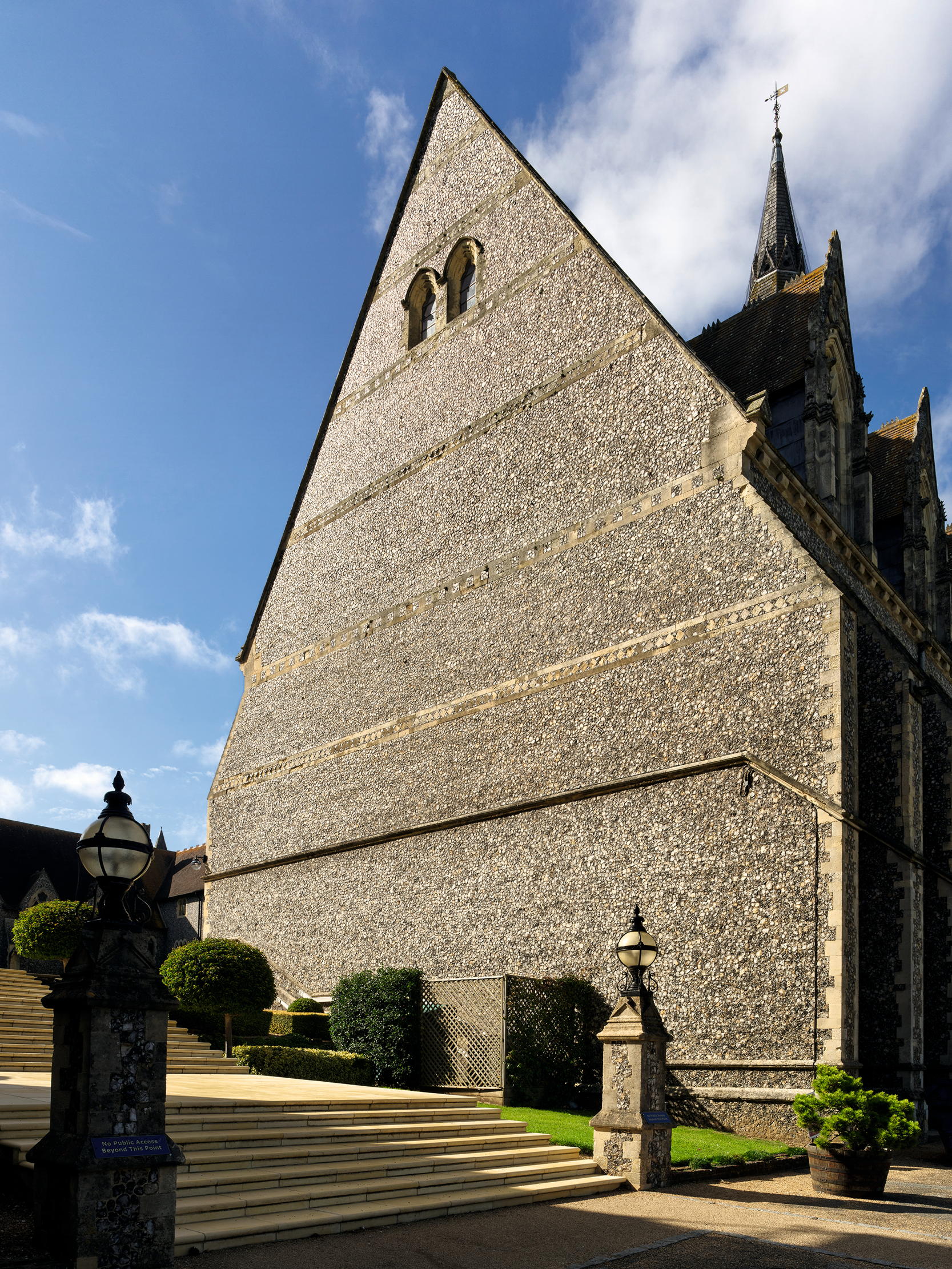
In 1857–58, the pupils of the college — still not very numerous — began gradually to move up the hill from Shoreham. Immediately, their empty lodgings were filled by another school, St Saviour’s, for the lower middle class and with minimal fees of 13 guineas a year. Once again, it filled rapidly with boys, attracting 114 by the end of 1859.
Plans for its permanent home at Ardingly, West Sussex, by Slater and R. H. Carpenter were published in 1867, again repeating the formula of an inner quadrangle and open-sided entrance courtyard. Woodard described this school as ‘the jewel in the crown’ because it offered education to those who could otherwise not afford it. By this time at Lancing, the hall was nearly finished and the fine vaulted staircase that rises to it was under construction (an interior reminiscent, perhaps, of the contemporary stair at Keble College, Oxford). In Sussex, at least, Woodard now had his suite of three middle-class schools. He had also acquired a girl’s school, St Michael’s, Hove (later at Bognor and Petworth), more by accident than intention: ‘It is no part of our duty to teach girls,’ he wrote in 1875. ‘If others can do it better, let them.’
The foundation stone for the chapel at Lancing was laid in beautiful weather on July 28, 1868. A report of this splendid occasion published in The Builder describes the wider progress of the work. ‘The college, as already completed, comprises dormitory, schoolrooms, library, and masters’ houses, forming three sides of a quadrangle, about 150ft square, with cloisters all round it. The new hall joins the greater part of the fourth side (Fig 4), and the ante-hall and offices join the northern end of it… the southern wing of an upper or western quadrangle is now completed.’ In conjunction with this event, further modifications to the school plan were also publicised. These reversed Carpenter’s intended approach, creating a gatehouse in the Upper Quadrangle.
Until this point, Woodard’s energies had been focused in Sussex; now, they became national. In an open letter to the Marquess of Salisbury of 1869, he set out his vision for a five-fold division of the country with a suite of schools in each region. His fundraising methods stepped up to match. It should be said that the religious controversies of the period ensured that the public meetings organised to help raise funds for his schools were often highly charged. Woodard showed remarkable determination in the face of the hostility his projects generated. Perhaps inevitably, he also developed an authoritarian style, trying to control every aspect of the vast undertaking he had assumed. The huge parish church commissioned at nearby Arundel (now the cathedral) by the Duke of Norfolk when he came of age in 1868 particularly irritated him and he came to measure his own chapel in rivalry with it.
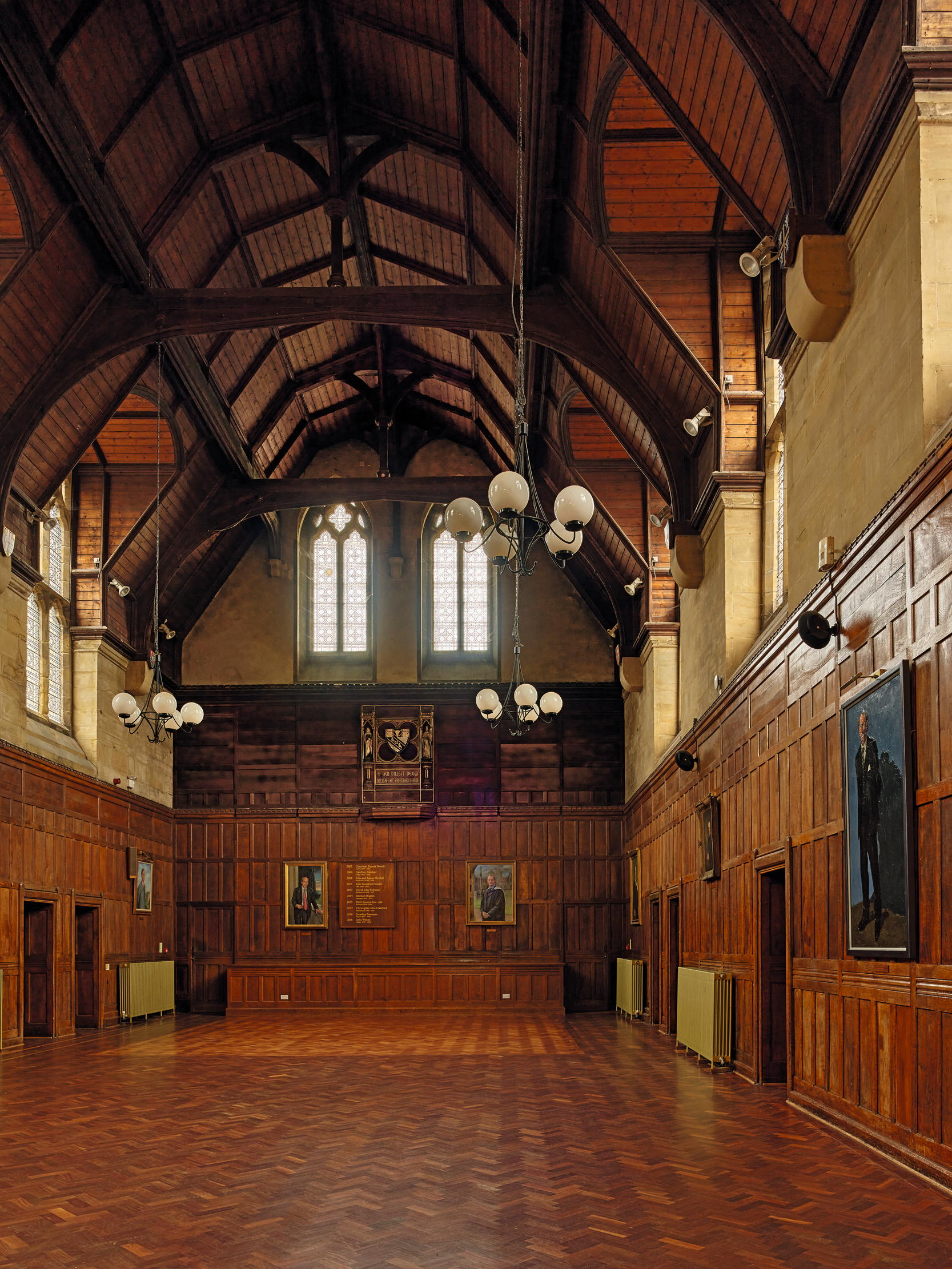
Meanwhile, work continued at Lancing. Slater died in 1872 and Benjamin Ingelow became R. H. Carpenter’s partner. From 1877–81, they added the Great School to the north side of the Upper Quadrangle, a vast hall (Fig 6) with classrooms opening off it in either direction. It is entered through a polygonal porch, which is clearly derived from the Water Tower at Canterbury in Kent, one of numerous references to the medieval architecture of that archiepiscopal city to be seen here (Fig 2). This opens magnificently onto the main quadrangle (Fig 1), which was finally closed by Maxwell Ayrton between 1911 and 1913. He also created its handsome gatehouse, the intended entrance to the whole complex and a classroom block beyond it. The school has continued to expand in more recent years, with new buildings.
Woodard may never have lived to see the fulfilment of the national vision he set out in 1869, but, by any measure, his achievement was phenomenal. By his death in 1891, he had established 11 schools extending from King’s College, Taunton, Somerset, in the South-West to St Winifred’s, Bangor in Wales and Dewsbury, West Yorkshire, in the North. These institutions had already educated thousands of children and actively accommodated about 1,350 pupils. To achieve this, he had not only raised untold sums, but proved that the public-school model was not necessarily only for the rich. Astonishingly, that legacy has since grown. Apart from the state, the Woodard Corporation is now the largest private educational body in England and Wales, helping administer 24 schools nationally, as well as 14 affiliated ones, two of which are overseas, in Sri Lanka and Kenya. Through its architecture, Lancing still has pride of place among them.
Find out more about Lancing College at the official website, www.lancingcollege.co.uk
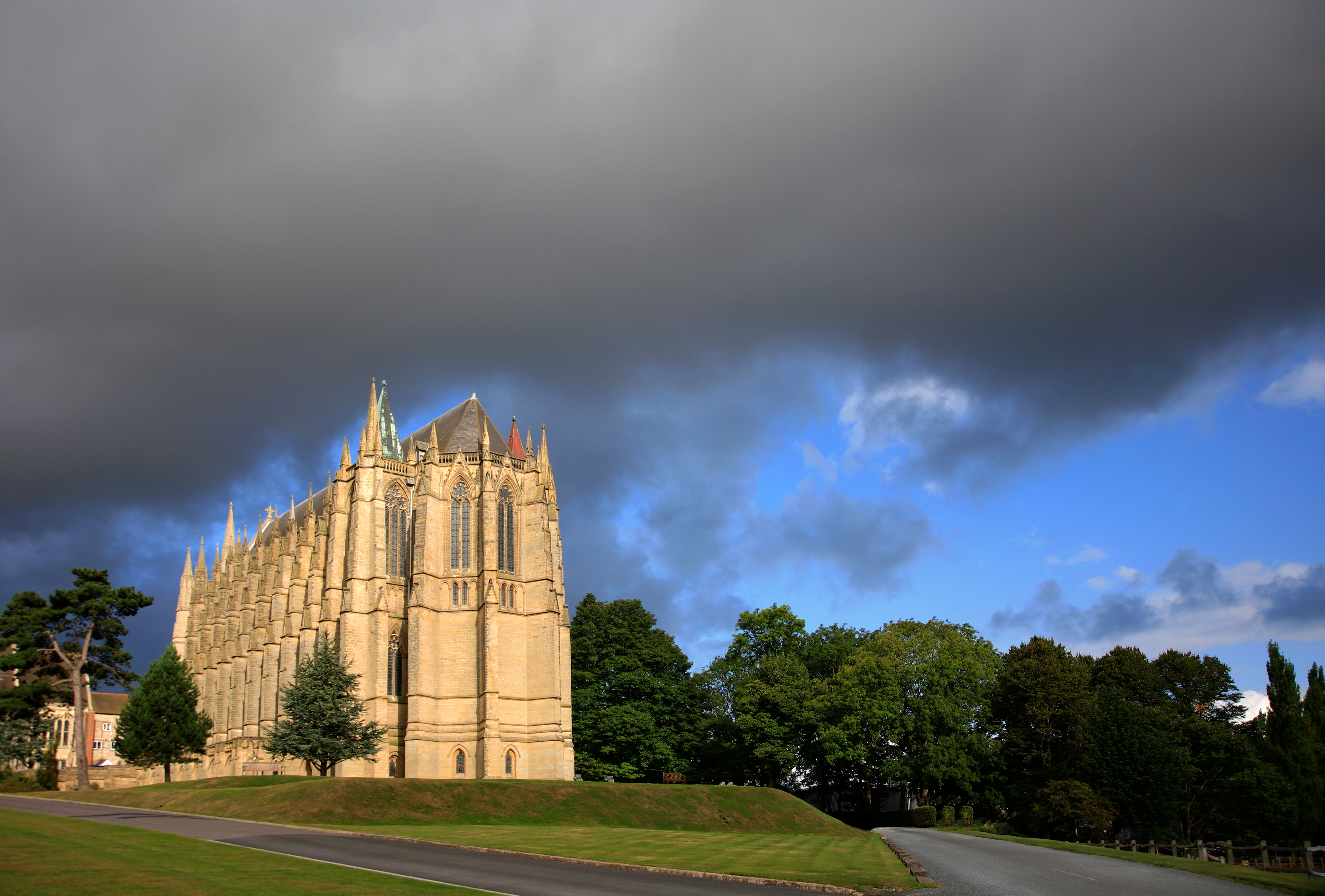
Country Life Today: Britain's longest-running building project is about to come to an end
After more than a century and a half, Lancing College is set to finish its chapel, while we also look

John spent his childhood in Kenya, Germany, India and Yorkshire before joining Country Life in 2007, via the University of Durham. Known for his irrepressible love of castles and the Frozen soundtrack, and a laugh that lights up the lives of those around him, John also moonlights as a walking encyclopedia and is the author of several books.

